5 reasons to safari in South Luangwa National Park
Located in Zambia, just over the border from its small neighboring country Malawi, South Luangwa National Park is one of the greatest wildlife sanctuaries in the world. Known for its incredible variety of wildlife, the park guarantees constant sightings of hippos, antelope and crocodiles. With over 60 different animal species and 400 bird species, South Luangwa has one of the highest wildlife densities in Southern Africa. Sadly, rhinos were poached out of the area in 1987, which means the park cant boast the Big 5. However, this is no reason not to prioritize a visit South Luangwa is just as ideal for the first-time safari goer as the expert African explorer. Here is why
Leopards
South Luangwa hosts the worlds densest naturally occurring population of leopards! This means that guides can practically guarantee a close sighting for every single visitor.
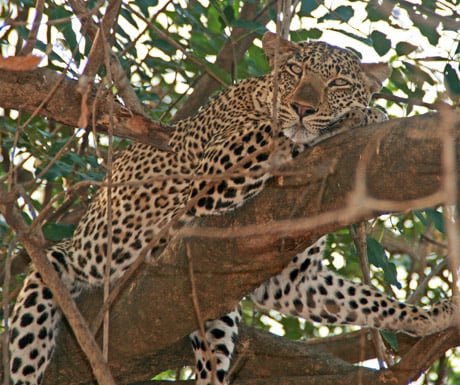
This traditionally elusive and mythical species is always the treasure hunt of a safari having such regular access is a unique asset for the park.
Birding paradise
The park lies at an ideal natural crux allowing for the viewing of both traditionally eastern African birds as well as southern African species. South Luangwa provides spectacular bird life all-year-round. Not only does the park welcome visiting species, it has a host of resident birds. Including, Dickinson’s Kestrel, Miombo Wren-warbler, Nyasa Lovebird and White-breasted sunbird.
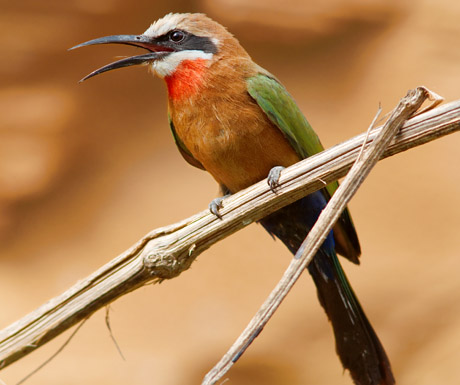
A highlight for anyone visiting South Luangwa in late August and early September is the arrival of southern-carmine bee-eaters. This gorgeous and brightly colored species arrive in the thousands to breed. Watching these small, rainbow colored birds swarm out of their riverbank nests is an unforgettable site that even non-bird enthusiasts will find magical beyond description.
Walking and canoeing safaris
Did you know that the walking safari was invented in South Luangwa?! This means that several luxury lodges offer guided walks through the park at optimal viewing hours.
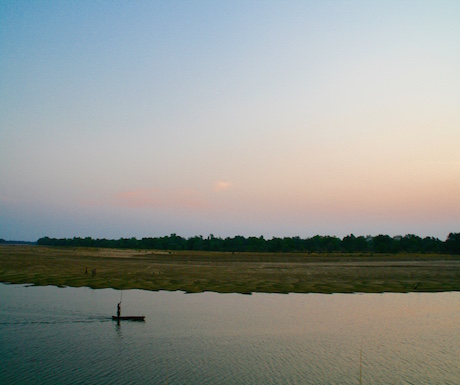
Enjoying a walking or canoeing safari affords visitors a completely different perspective than the traditional game drive. Visitors safety is a top priority and safari goers are able to take note of the small details of the flora, fauna and insects that you otherwise may go unnoticed.
Seasonality
The park offers several distinct viewing seasons. The dry season (July-November) tends to be the most popular as it is easy to spot the dense wildlife in the clear bush. However, the rainy (December-June) spring hosts baby animals, flowers and unforgettable rejuvenation.
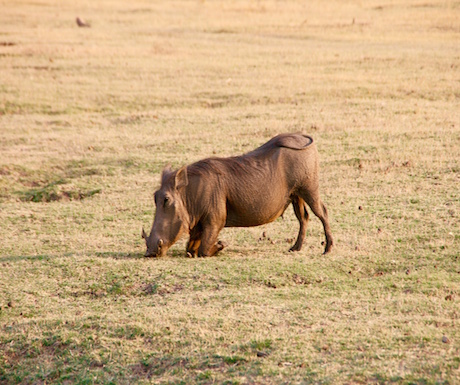
Any time of year offers something unique the seasons are relatively predictable and reliable tour operators can give you a better idea of the years predictions and wildlife migration based on annual park measurements.
Variety of quality accommodation, guides and researchers
The park, resorts and facilities mostly employ locals. This means, as a visitor, you are able to engage with and support the local community. There are also many active internationally recognized research initiatives taking place throughout the park this means your visit is also directly contributing to overarching conservation goals.
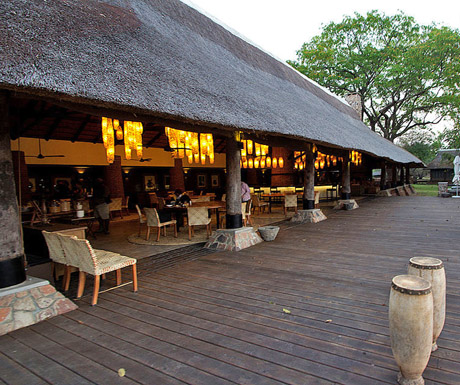
The various lodges throughout the park offer many world-class amenities as well as private viewing opportunities. There are lodges and resorts speckled both inside and outside the park; it is well worth taking the time to stay at multiple locations to get a taste of the diversity of which the park is so well known.
Javier Luque is a Co-Founder and Director of Your African Safari.
If you would like to be a guest blogger on A Luxury Travel Blog in order to raise your profile, please contact us.
Did you enjoy this article?
Receive similar content direct to your inbox.


I actually think I would be terrified, but seeing the baby animals in rainy season does sound amazing
I was fortunate to live in Sourthern Africa for many years and had many oppurtunities to observe wild animals in their natural habitat and it is somethiong not to be missed
I would love that! The pic of the warthog! Would love the nature walks and the canoeing as well! One day!
Never knew Zambia restores over 400 varieties of bird, I am a nature lover hence the post is m favorite.
it would be a whole new experience seeing all the wild animals in their natural habitats,insted of in a zoo x
Lived in Zambia and used to visit Luangwa National Park every few years. It always was absolutely brilliant and you saw so many animals. It wasn’t crowded with tourists and the experience was out of this world. I hope it is the same today.
A great, very informative post. Going on an African safari is on our bucket list and knowing that it is supporting the local community (and not just westerners stomping round causing more damage than good) is definitely an appealing factor. Thanks. Love C and D x
My husband and I are seriously talking about a safari to Zambia sometime next year. This post really makes me want to go now, but it doesn’t help with my big question: When’s the best time to go? It does help understand the differences between seeing baby animals vs the convenience and reliability of the dry season. Maybe the baby will still be juveniles in July?